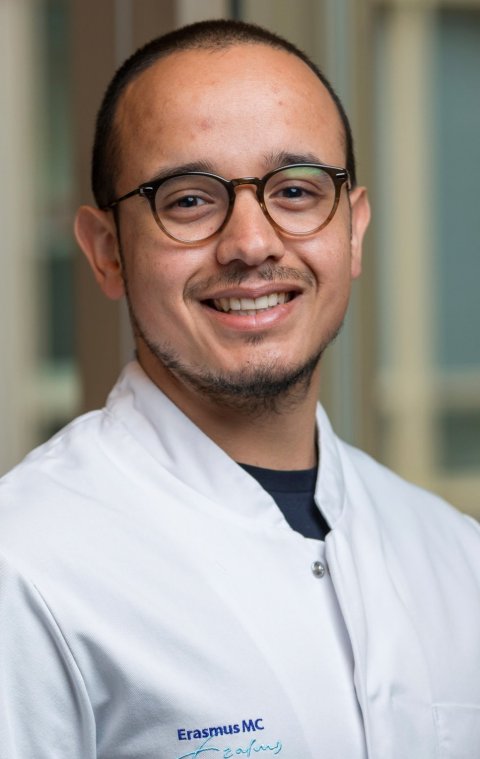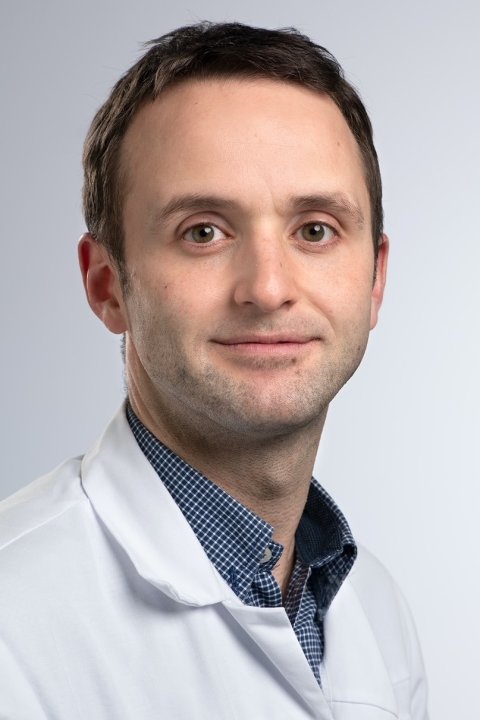Article • Generative AI
Large language models: enabler or eroder of cardiovascular care?
Large language models (LLMs) have potential in healthcare settings to help support both patients and clinicians. At the ESC 2024 cardiology congress in London, experts explored potential applications, including patient communication and education, clinical decision support and administrative tasks.
Report: Mark Nicholls
© TechTonic – stock.adobe.com
However, experts in the session also raised concerns over trustworthiness, bias, privacy and security.
Dr Robert van der Boon, from the Cardiovascular Institute at the Erasmus Medical Center in Rotterdam, gave a specific presentation on how to improve patient care with LLMs. He said: ‘As healthcare has become very data and text heavy, LLMs have the potential with natural language processing capability to improve efficiency but also provide better outcomes for our patients.’

For patients, one of the most appealing options is interaction with LLM-powered chatbots, but there is risk that these models may start to “hallucinate” – provide incorrect or incomplete information – and thus have a detrimental effect. ‘One way we tackle this problem is to implement human oversight instead of letting LLMs answer patients directly,’ van der Boon said.
A recent study showed that LLM-powered chatbots can improve physician efficiency and inter-physician agreement. He also pointed to research that suggested LLMs may even be more empathetic than clinicians, though the results of the studies should be interpreted with caution. A future goal would be to develop LLM-based chatbots enabling patients to talk to their doctor in the form of an Avatar 24/7. ‘But we are not there yet,’ the expert added.
Reducing administration
The technology also shows promise in regards of diagnostics skills, van der Boon said: ‘LLMs do fairly well on exams – but we know from medical school that answering questions is not the same as being a doctor.’ Instead, he explained, a key area of benefit lies in reducing administrative tasks for doctors, particularly in an outpatient clinic where one hour of clinic creates up to two hours of administration, leading to stress and burnout in physicians.
However, barriers to implementation such as accuracy of models, trustworthiness, bias, security and privacy remain. The expert said: ‘We need to prove the safety and effectiveness of these models in pragmatic, prospective randomised controlled trials before widespread implementation. LLMs have the potential to revolutionise patient care and will likely expand in the near future, but challenges remain and integration into clinical practice requires careful consideration.’
Potential for education

During the session, Dr Stephane Fournier, Head of the Cath Lab at University Hospital Centre Vaudois (UHCV) in Lausanne, Switzerland, discussed the impact of the technology on cardiovascular education. He elaborated on how LLMs offer better and equitable access to information, enable ‘shy’ students to ask questions without feeling uncomfortable in front of peers, are time efficient, deliver updated information and language assistance, and facilitate exam preparation and can even create clinical skill scenarios.
However, he said a risk was that students would lose the ability to communicate, and posed the question: ‘Can someone who knows everything but can no longer communicate still be a good doctor? We have to keep in mind that the communication with our patients and colleagues is extremely important.’ While there is no data about the impact of LLMs on cardiovascular education, he believes there is a huge opportunity for them to improve education.
Impact on scientific publishing
Tomasz Guzik, Editor-in-Chief of the journal Cardiovascular Research, looked at the challenges and opportunities of LLMs in scientific publishing. Noting that scientific research should be impactful, he explained that ‘in order to be impactful, research needs to be visible. LLM and AI can help authors to achieve this.’
While highlighting a view that AI could foster integrity and help researchers ‘navigate the digital age’, he pointed to an alternative view that overuse of LLMs ‘will lead to the destruction of current scientific process.’
Evidence suggests some researchers are using LLMs to prepare scientific literature and he felt this can improve grammar, consistency and formatting, streamline literature searches and reference management, and may also increase objectivity and reduce bias. Guzik, who is Chair of Cardiovascular Medicine at the University of Edinburgh, added that it also facilitates continuous learning, data analysis and interpretation. But there are risks too, he pointed out. These include loss of originality and authenticity in content, misinterpretation of data visualisations, and overuse may remove need for collaboration. It may, he continued, also lead to the introduction and perpetuation of biases, and an over-reliance on AI may lead to an erosion of critical thinking.
Profiles:
Dr Robert van der Boon is a cardiologist at the Cardiovascular Institute at the Erasmus Medical Center in Rotterdam, the Netherlands. His research interests are in heart failure, telemonitoring and digital health.
Dr Stéphane Fournier is an Attending Physician at the Interventional Cardiology Unit, in the Department of Cardiology at CHUV in Lausanne, Switzerland. His research is primarily focused on coronary physiology but also includes the implementation of large language models (LLMs) in clinical practice.
Prof Tomasz Guzik is a Regius Chair of Physiology and Cardiovascular Pathobiology of the University of Glasgow and a Professor of Medicine at Jagiellonian University, Poland. His research focuses on vascular biology, hypertension, and cardiovascular immunology.
21.11.2024











